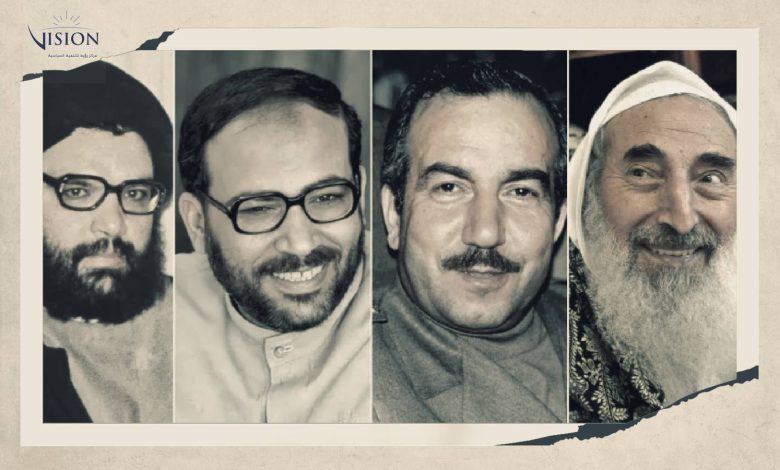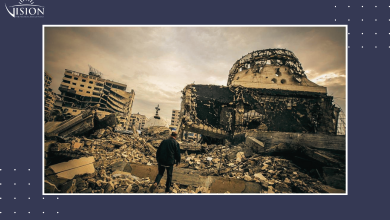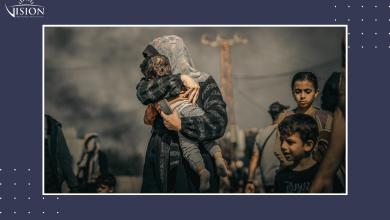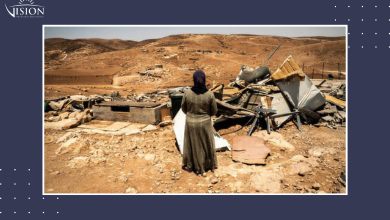Israel’s Assassination Policy of Leaders: Objectives and Potential for Success in the Case of Hamas

The policy of targeted assassinations is a long-standing pillar of Israeli strategy in dealing with Palestinian resistance factions, deeply rooted in a history that stretches back to the earliest days of the Palestinian national movement. Despite Israel’s success in eliminating prominent figures at critical junctures of their influence, these assassinations have paradoxically solidified many leaders and militants as eternal symbols of Palestinian resistance.
Though their physical presence has been erased, their names and legacies endure, continually inspiring generations of Palestinians. Martyrdom has bestowed upon these figures an additional aura of reverence and respect across various spheres. Indeed, it is nearly impossible to find a Palestinian who does not recognize the names of Khalil al-Wazir, Salah Khalaf, Fathi Shaqaqi, Ahmad Yassin, Abdul Aziz al-Rantisi, or Yahya Ayyash, among others. These figures are not merely historical actors; they have become embodiments of the Palestinian struggle, transcending time through their sacrifice.
Israel’s goal in targeting these leaders has not been merely to eliminate individuals but to systematically dismantle the leadership structures of resistance organizations, thus disrupting their strategic directions and weakening their influence. This tactic has inevitably impacted the vibrancy of these groups. However, Palestinian resistance factions have proven remarkably resilient, adapting to these losses by regenerating leadership and recommitting to their causes. As one faction waned or faced internal challenges, another emerged with renewed vigor to carry the torch of the national movement. As Ismail Haniyeh aptly expressed, “When one leader is taken down, another will rise.”
For the PLO factions, particularly Fatah, many scholars and historians have linked the assassinations of key leaders to political recalibrations within the movement. They argue that such eliminations were strategically designed to influence Fatah’s political trajectory, leading to a shift toward accommodation with Israel, as evidenced in the eventual signing of the Oslo Accords. This viewpoint asserts that the removal of these leaders played a critical role in altering the organization’s political posture, in conjunction with other geopolitical and internal pressures.
Moreover, there is a compelling body of thought suggesting that the actions and decisions of numerous Palestinian leaders, especially those who remained in the occupied territories, have been shaped by persistent Israeli threats. These threats, sometimes extending to the prospect of assassination, were designed to coerce leaders into distancing themselves from armed resistance or modifying their positions regarding political negotiations and relations with Israel. The fate of the late Yasser Arafat is frequently invoked as an illustration of what can befall those who attempt to steer the Palestinian leadership back toward confrontation and armed struggle against the occupation.
Currently, with Israel’s intensified focus on the top echelons of Hamas leadership, discussions have emerged surrounding the strategic and political consequences of these targeted killings on the movement’s long-term objectives. The debate now turns to whether Hamas will be compelled to alter its political and strategic course. Is Israel’s objective truly to force such a shift, or is Hamas uniquely positioned to resist this pressure? This remains an open question, one that will undoubtedly shape the future of the Palestinian resistance and its interactions with the Israeli state.
The elimination of Hamas leaders appears to go beyond specific political goals:
When closely examining Hamas’ national trajectory and the impact of assassinations on its leadership, we are confronted with a unique Palestinian case due to several factors related to the objectives and shifts of the Zionist entity, as well as the nature of Hamas itself. Some of the key points that highlight this distinct Palestinian experience include:
1. The Disappearance of Political Settlement Opportunities: The prospects for a settlement with the occupying government are diminishing, especially with Israel’s extremist government rejecting all Palestinian rights and advancing a conflict-resolution plan based on denying the existence of the Palestinian people and their national aspirations. As a result, there is no clear political objective that Hamas can be pressured to achieve.
2. Comprehensive Targeting of Hamas Leaders: The assassinations have targeted leaders across its various wings within the movement, whether known for their political flexibility or otherwise, indicating that the targeting is not aimed at achieving specific political goals but rather at the comprehensive elimination of leadership.
3. Ideological and Political Cohesion of Hamas Leadership: Hamas’ leadership structure is ideologically and politically unified to such an extent that it is difficult to distinguish differing stances on resistance and occupation within the movement. This high degree of cohesion prevents significant internal political divergence.
4. Stagnation in Arab and International Positions: Both the Arab world and the international community are experiencing a phase of stagnation or passive neutrality toward the Palestinian cause. No party seems particularly invested in pursuing a political option that serves the Palestinian cause, which reflects in the muted response to Israel’s assassinations.
5. The Shift of the Conflict to a Regional Level: From an Israeli perspective, the conflict has transcended the Palestinian context and evolved into a complex regional struggle, especially with Iran and its allies involved in the region.
Elimination or Subjugation, Not Political Solutions:
Given Hamas’ experience, any political shift or retreat in the movement’s positions seems unlikely at this stage. Hamas demonstrated significant political flexibility in its 2017 political document and the National Accord Document of 2005-2006, when it agreed to the establishment of a Palestinian state along the June 4, 1967, borders as part of a national consensus. However, this flexibility did little to change the Palestinian reality or contribute to achieving the minimum goals agreed upon by Palestinians.
Israel has clearly stated that the objective of assassinating Hamas leaders is to eliminate, weaken, and subjugate the movement, not to pressure it into making political concessions. Prime Minister Netanyahu has spoken of this objective in his speeches, referring to the absolute victory Israel seeks to achieve, similar to the outcomes in Germany and Japan after World War II.
Furthermore, the occupying government has prioritized the assassination of leaders capable of political action, such as Saleh al-Arouri and Ismail Haniyeh, to disrupt their political efforts and strip the movement of its political legitimacy. This portrayal of Hamas as an extremist terrorist group serves to justify Israel’s bloody war against the movement and the Palestinian people.





